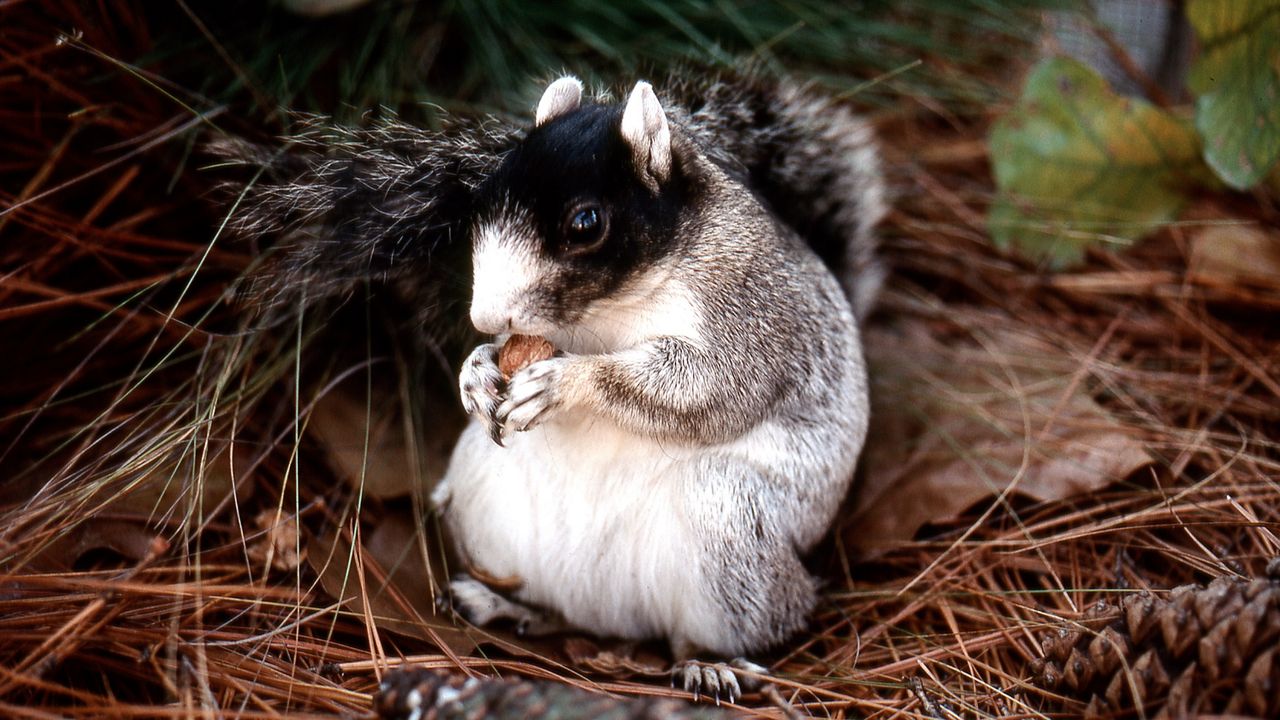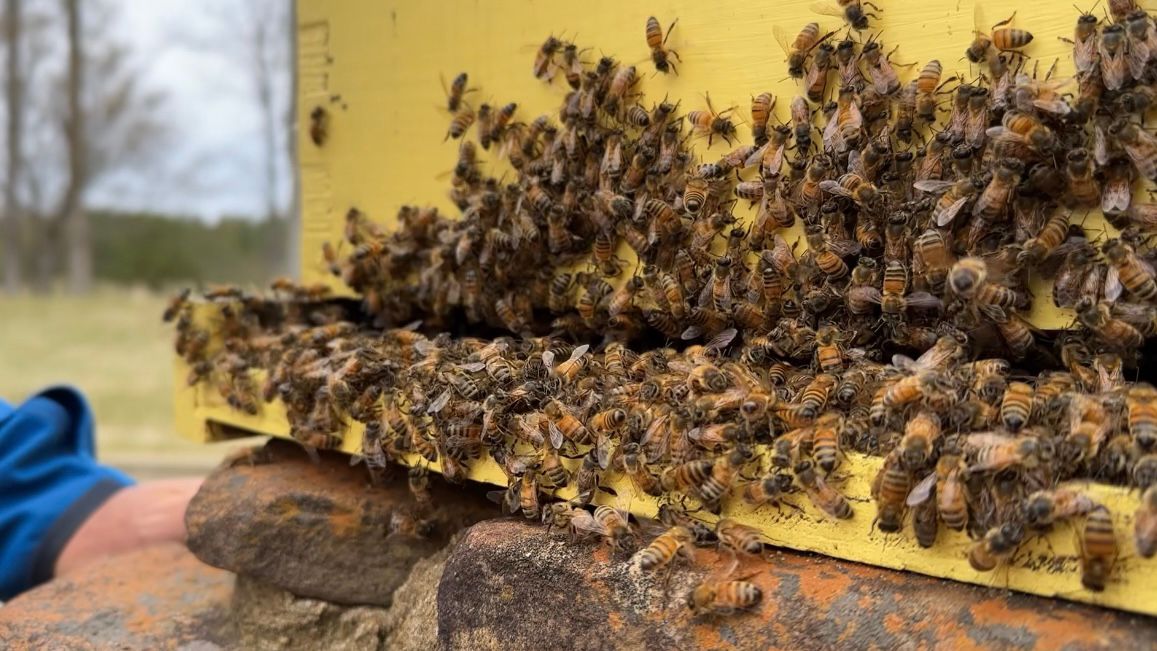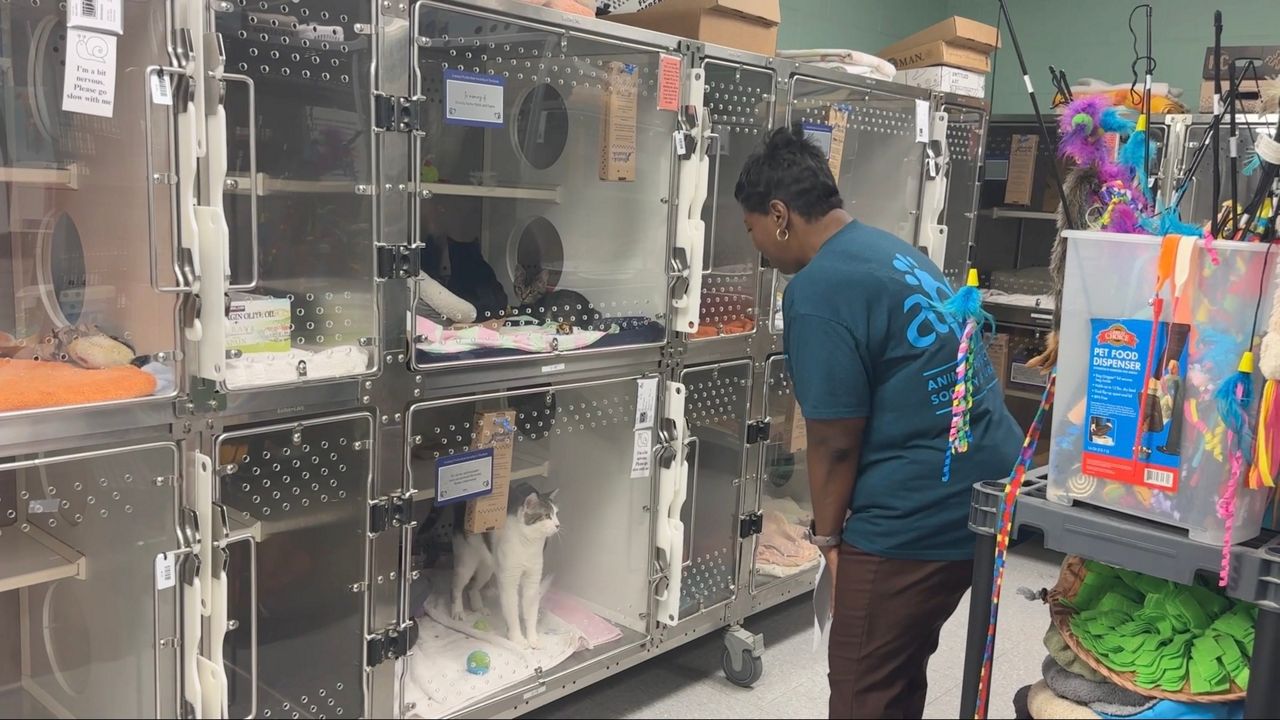RALEIGH, N.C. – At the end of November, a plane leaving Raleigh-Durham International Airport hit a coyote. The plane was able to return and land safely, but one wildlife expert says situations like that are more common in the fall because this is the time of year when coyotes are most active.
“A lot of the reports that my agency gets about coyotes are reports of people being afraid,” Falyn Owens, the extension wildlife biologist for the North Carolina Wildlife Resources Commission, said.
Owens says even though we might be seeing coyotes more often this time of year, the population is stable in North Carolina.
“This is when the young sort of juvenile, young adult coyotes are going off on their own. So they're young, a little bit immature, don't really know where they're going, sort of exploring and trying to find a territory. So they're more likely to be noticed by us just because they're wandering around trying to find a home,” Owens said.
Owens believes that one common misconception is that coyotes are dangerous to people but that’s not usually what they’re looking for.
“Fortunately, coyotes are mostly not interested in interacting with us with humans, but they do naturally eat small animals as prey. So anything that's roughly the size of a small rodent or maybe a rabbit could be seen as coyote food,” Owens said.
Owens recommends keeping your pets on leashes and says there are also a few things you can do to keep coyotes away in the first place.
“What you can do is not put food out for wildlife, not leave pet food outside, things that can attract coyotes and other wild animals. Also, if you see one hanging around, scare it off. They're pretty afraid of people and if we let them know that they're not welcome, they respond to that and they'll keep their distance,” Owens said.
As for the situation at RDU, an airport spokesperson said all commercial airports are required by the FAA to have a wildlife management plan. RDU airport authority staff also inspect fencing around the airfield three times a day and continuously monitor for wildlife.









